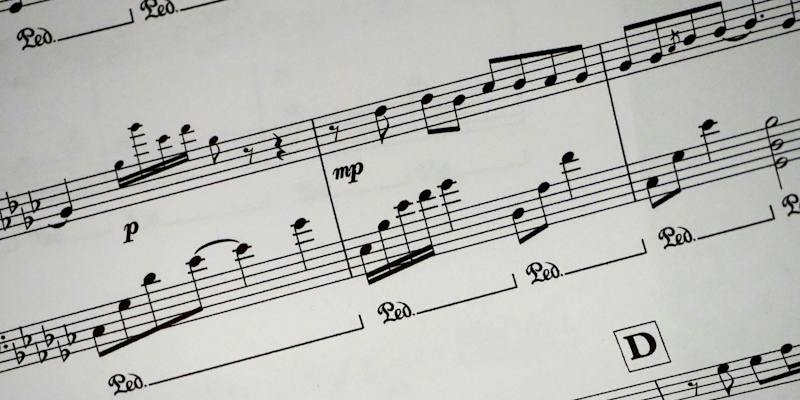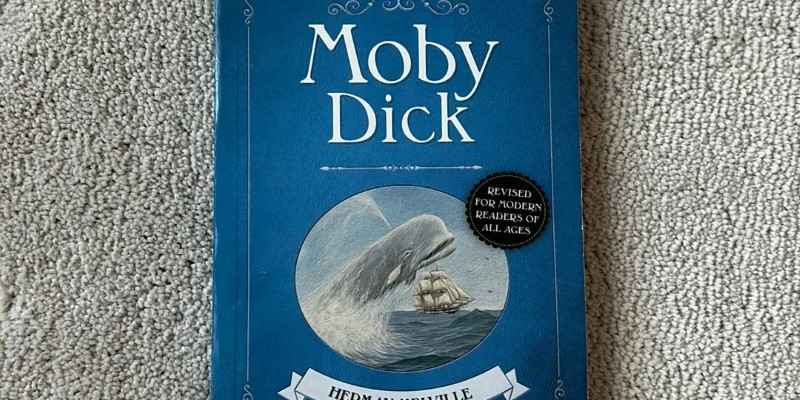Isicathamiya is a blend of several cultures, such as regional music, Christian congregational crooning, and negro minstrelsy, a popular mid to late-19th-century entertainment in both America and England. Male choral groupings from four to more than twenty singers perform the music in a call-and-response format. Let's discuss this in more detail.
The Zulu music community in South Africa is home to the popular sing-along singing style known as isicathamiya. It is well-known for its tight harmonies and the singers' carefully crafted dance routines. Traditionally, isicathamiya choirs consist solely of men.
Pop singer Paul Simon introduced the Joseph Shabalala-led isicathamiya ensemble Ladysmith Black Mambazo to the American public in 1986 with his album Graceland, which helped popularize isicathamiya. This occurred during a period when Black South Africans' rights were severely curtailed by apartheid.
The captivating harmonies of "Jewels on the Soles of Her Shoes" and "Homeless" by Ladysmith Black Mambazo brought isicathamiya to the notice of people all over the world.
Although Isicathamiya took on its current shape in the 20th century, there is significant disagreement over its origins.
In 1860, South African cities hosted several ragtime, vaudeville, and minstrel acts that originated in New York. Later, in the year 1890, American Black minstrel sensation Orpheus McAdoo had a highly praised tour of South Africa.
According to music historians, South African culture was influenced by these nineteenth-century musical genres, which in turn influenced the isicathamiya choir singing of the twentieth century. Isicathamiya is a genre that came up for Zulu migrant laborers in South Africa. Zulu culture is mostly concentrated in the eastern region of the nation, especially in the territory of KwaZulu-Natal.
The Zulu word "cathama," which means "to walk delicately or tread lightly," may be the source of the term "isicathamiya." Zulu migrant laborers created a unique kind of entertainment, choral singing, in the early to mid-20th century that was distinct from the popular mbube genre. Isicathamiya's singing was more subdued and harmonious than Mbube's, which was harsher and more exuberant.
In the 1950s and 1960s, Isicathamiya choral music made its way throughout the world. Solomon's 1939 South African melody "Mbube" and Linda's Amazing Evening Birds became well-known around the world, inspiring cover versions, such as the Pete Seeger song "Wimoweh" from 1951 and the Tokens' "The Lion Sleeps Tonight" from 1961.
"Mbube" belongs to the mbube genre, not the isicathamiya genre, as its title implies, although these songs helped to elevate both musical subgenres in the minds of Western listeners.
Many years later, a new generation of listeners worldwide discovered isicathamiya when folk-pop artist Paul Simon asked Ladysmith Black Mambazo, a band very successful in South Africa in the 1970s and 1980s, to contribute chorus voices for his 1986 Mansion record.

An ongoing aspect of Zulu culture is the regular Saturday night isicathamiya contests, which include performing groups competing until ten o'clock in the evening to eight the following morning in the central African cities of Pretoria and Durban, both of which have substantial Zulu communities.
Despite Joseph Shabalala's passing in 2020, Ladysmith Black Mambazo is still a popular touring act worldwide more than 60 years after its creation.
These essential components give isicathamiya music its unique sounds and styles.
Isicathamiya divides the voices into soprano, alto, tenor roles, and bass parts in the traditional four-part cappella arrangement. A tenor performs as the lead vocal, supported by an alto as a soprano (sung falsetto by a male). The other members of the group sing bass.
While isicathamiya stresses blended harmonies and equal calls and responses between the lead singers and the ensemble, its close relative, Mbube, emphasizes powerful, forceful lead vocals.
The traditional isicathamiya orchestra is made up entirely of men. An alto part is sung by the group member whose natural voice is the highest. Another vocalist uses his falsetto range to do a soprano part.
Step choreography is performed by Isicathamiya vocalists in tandem with their singing. In addition to singing, this choreography is evaluated in isicathamiya contests.
Isicathamiya frequently addresses political and social unrest while promoting communalism and social peace. Additionally, they support being at one with nature and frequently employ animals as symbolic representations of tenacity and power.
The weekends saw all-night choral competitions in Johannesburg and Durban, which formed the heart of isicathamiya. Because there were so many choirs who would join up at the beginning of the evening, tournaments were held throughout the day.
Every choir had an organizational leader who oversaw registering the group and collecting the admission money, which went toward the cash prize that was awarded at the conclusion of the event.
The isicathamiya groups wear suits, complete with red stockings, shining black shoes, white gloves, and glittering white shirts. The group's leader wore clothing that contrasted with their color.

There would be a brief pre-performance prayer session when the group would assemble in a circle and pray for spiritual direction before taking the stage. The cow circle of a Zulu settlement, a hallowed place where the males might sense the closeness of their predecessors and offer prayers to them, is similar to this circle arrangement.
As soon as the isicathamiya groups on the podium for the competition, they form a sort of semicircle with an individual at the front. The audience and the judges are facing the group. The first song is often sung in a makwaya (a choir) setting, with the entire group standing still at the leader's command.
Isicathamiya, rooted in Zulu music, is a distinctive singing style known for harmonies and dance. Popularized globally by Ladysmith Black Mambazo, it blends Zulu traditions, Christian singing, and international influences. From attire to prayers before performances, Isicathamiya's cultural richness transcends borders, making it a globally resonant musical form.

By Celia Shatzman/May 22, 2025

By Eleanor/Apr 19, 2024

By Peter Evans/Apr 24, 2024

By Pamela Andrew/Jun 25, 2025

By Triston Martin/Oct 29, 2024

By Eleanor/Jan 06, 2025

By Frederica/Mar 14, 2024

By Peter Evans/Apr 08, 2024

By Peter Evans/Apr 06, 2024

By Vicky Louisa/Oct 10, 2024

By Triston Martin/Feb 10, 2024

By Mark Allen/Apr 03, 2024